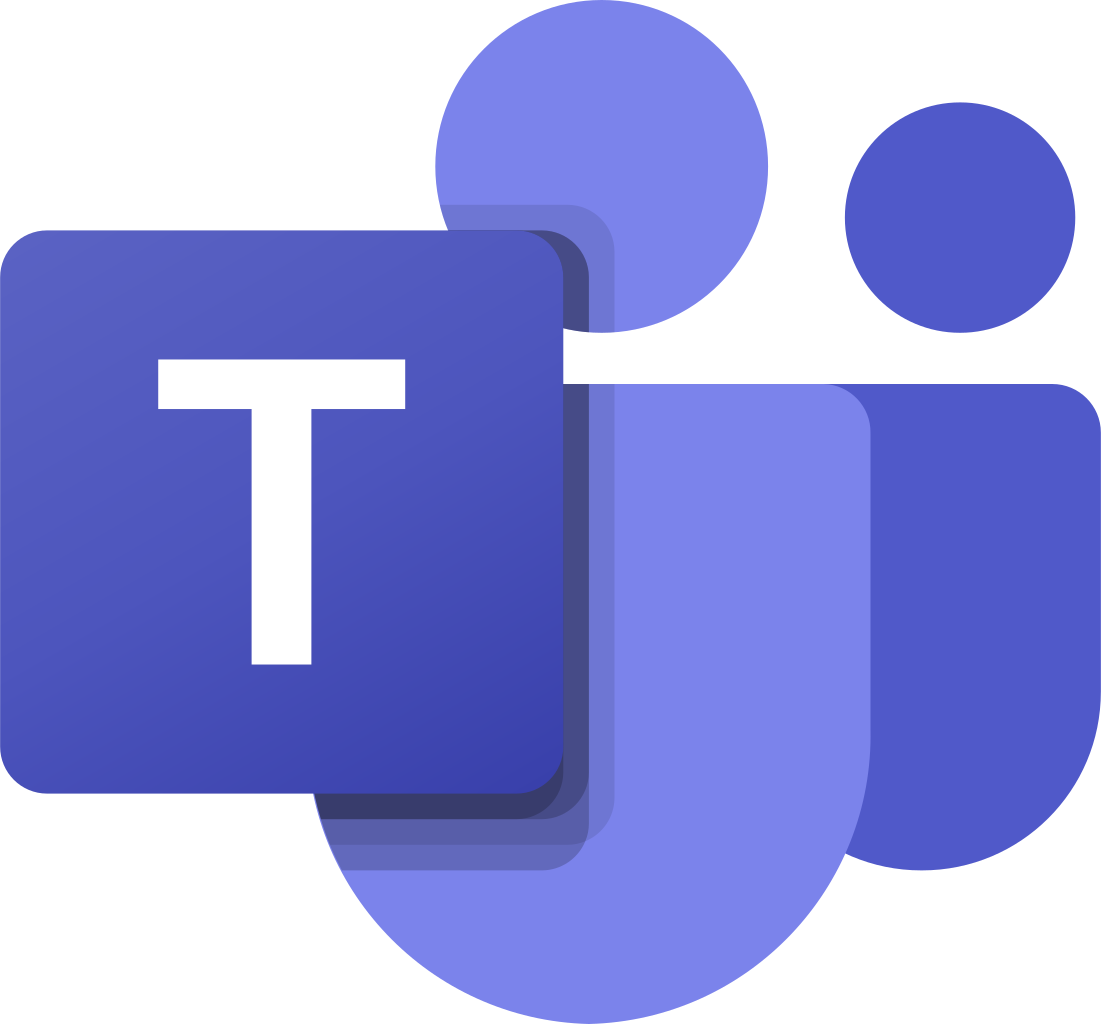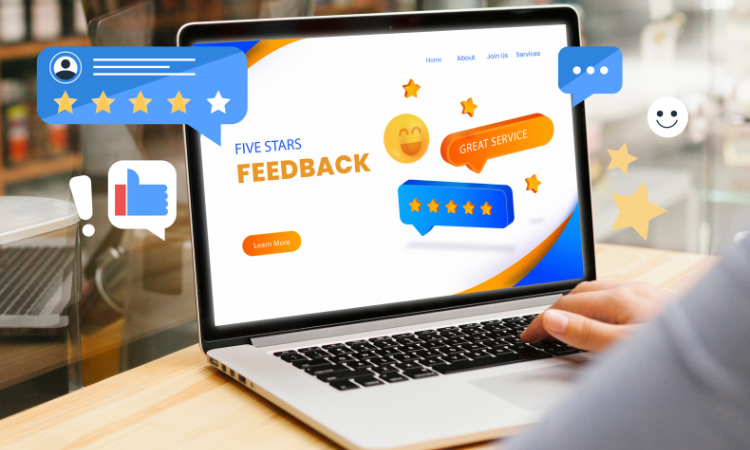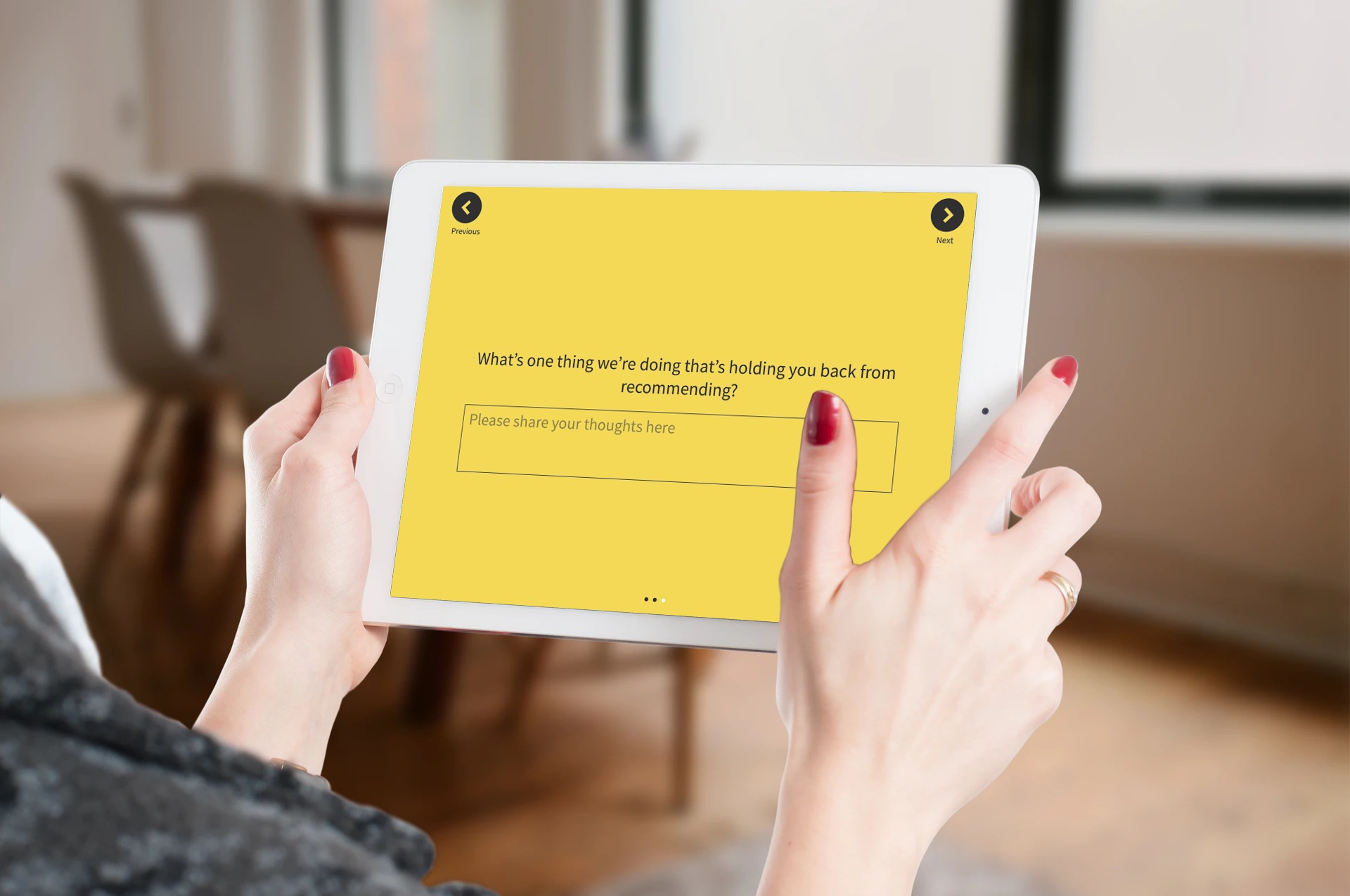With Customer Feedback, understand what your customers want and offer targeted solutions to retain them over the long term.
Getting customers is only half the battle, keeping them is the other half that requires much more effort.
Intercom once witnessed customer churn when it started losing customers at an alarming rate, with a churn rate of 5.5% per month. They bounced back by listening to customer feedback and improved their product, bringing down their churn to just 1.5% per month. Not only did this help them retain their existing customers through customer satisfaction, but it also allowed them to attract new ones.
The secret of successful SaaS companies lies in the fact that they pay equal emphasis on customer acquisition and retention. In fact, many companies like Salesforce and Slack prioritize customer retention for cost-effectiveness and growth, as a mere 5% increase in retention can lead to a 25-95% increase in profits.
Fuel Business Growth with Customer Feedback 🔥
Collect real-time, in-moment feedback at all touchpoints in customer journey and leverage feedback insights to transform customer experience.

By collecting customer feedback and incorporating them into your product, you can make your customers happy and engaged, ultimately increasing customer retention. In this blog, we will explore the top 5 ways to use customer feedback to retain customers. Let’s dive in!
Table of Contents
What is Customer Retention?
Customer retention is a critical metric that evaluates an organization's ability to keep its customers loyal and continue doing business with them over a longer period. It involves building and maintaining a strong relationship with customers and providing them with positive experiences, products, and services that meet their needs and exceed their expectations.
Top 5 Ways to Improve Customer Retention by Leveraging Customer Feedback
Customers are the lifeblood of any successful business, and everything should be centered around their needs and expectations. Hear out these facts curated by Invesp that center customer experience at the forefront of any successful business strategy:
- 89% of businesses view customer experience as a critical factor in customer loyalty and retention.
- 76% of organizations recognize the importance of Customer Lifetime Value, which measures the total worth of a customer over their entire relationship with a company.
And here’s an eye-opener... - The success rate of selling to a customer you already have is 60-70%, while the success rate of selling to a new customer is 5-20%.
These facts state that companies recognize the importance of customer experience in building customer loyalty and retention.
Take the example of Amazon!
For a company with over 200 million prime members, you might think it would not notice its customer feedback. However, as Jeff Bezos puts it, “At Amazon, we innovate by starting with the customer and working backward. That becomes the touchstone for how we invent.” By applying customer feedback, the company has remained successful for over 20 years.
Retaining customers isn’t just about building a revolutionary product. It is also about building a lasting relationship with the customers by listening to their feedback.
Let’s look at the top ways to use customer feedback to retain customers:
1. Create and Send Targeted Surveys
Ask the Right Question to the Right Customers
Not all customers are created equal, and the feedback that you receive from certain groups of customers may carry more weight than others. Asking the right question to the right customer can help you in getting effective feedback. By segmenting your customers and tailoring the survey questions based on the type of customer you are reaching out can give you effective feedback.
Through Zonka Feedback, you can segment users based on attributes, survey score, visit analytics, and survey interactions. It can help to narrow down your focus based on different groups of customers and develop customized solutions to retain them.
Send the Survey at the Right Touchpoints
Apple sends NPS surveys via email to rate in-store experiences and reach out to detractors within 24 hours to address concerns and improve customer satisfaction. Hyatt maintains a high ASCI score of 78 by capturing customer feedback from various channels, including a dedicated landing page that offers incentives to encourage feedback sharing.
Sending the survey to customers at the most appropriate and relevant times during their customer journey or interaction with a product or service is essential to retain them. Touchpoints may include after purchase, during a customer service interaction, or after using a specific feature or product.
You can share the survey via in-app, website, email, and sms. To maximize the response rate, it's crucial to choose a medium that your customers would prefer to use for giving surveys. By selecting the most effective touchpoints and survey channels, you can enhance taking customer feedback and improve customer retention.
2. Close the Feedback Loop Process
Close the feedback loop process (in this talk about seeing your responses in one place, adding themes and tags to them, creating tasks for teams, auto-responding based on cx metrics, taking action and closing the loop)
The journey of receiving feedback to closing the loop has many steps, and it's important to have a well-defined process in place to ensure that feedback is acted upon in a timely and effective manner. Leading Saas companies like Airbnb has utilized customer feedback at all touchpoints and acted on them by leveraging tagging system.
Here are some best practices to close the feedback loop effectively:
- Collect Feedback Responses in One Place: To close the feedback loop, gather feedback from multiple sources like email surveys, in-app, website, SMS, and customer service interactions in one place for easy analysis and action.
- Add Themes and Tags: To make sense of the feedback, add themes and tags to responses. This can help to identify patterns and trends and make it easier to prioritize which issues to address first.
- Create Tasks for Teams: Once the feedback has been analyzed and prioritized, create tasks for teams to address the issues and take specific actions to resolve the issues.
- Auto Responding based on CX Metrics: Use automated responses based on CX metrics like NPS or CSAT to thank customers, address concerns, or offer incentives for further feedback.
- Taking Action: To address the issue raised in the feedback, take action by making changes to products or services, improving customer service processes, or addressing specific concerns raised by individual customers.
- Follow up with Customers: Close the feedback loop by following up with customers to let them know what actions have been taken based on their feedback so they can continue giving feedback in the future.
With Zonka Feedback, you can perform all the mentioned tasks, streamline the feedback management process and close the loop with your customers in no time.
3. Take in Customer Ideas & Implement them
One important aspect of taking action based on customer feedback software is taking in customer ideas and implementing them. This means not only addressing issues or concerns that customers have raised but also actively soliciting ideas and feedback from customers on how products or services can be improved.
A feature request form can be a useful tool for this purpose, where your customers can submit ideas and suggestions that they want to see in your product or service.
For example, in the restaurant industry, customer feedback can guide the development of new menu items or improvements to existing ones, such as introducing more gluten-free options. Similarly, in product development, customer feedback can guide product feature requests and improvements. This can help to improve customer satisfaction and loyalty, and ultimately drive business growth.
4. Make your Promoters Vouch for you
Your customers are your best marketers. HubSpot's referral program is an example of customer advocacy in action, where satisfied customers become advocates for the brand and help to spread the word. When your promoters promote your business, it can have a significant impact on your growth and revenue.
Here's how you can get your promoters to promote you:
- Engage with your Promoters through Personalization: Actively communicate and connect with your promoters through personalized interactions, showing appreciation for their support.
- Incentivize Referrals: Offer rewards, discounts, or other incentives to customers who refer new business to your brand. This will encourage them to actively promote your brand to their networks.
- Encourage Word-of-Mouth: Encourage your promoters to share their positive experiences with others through word-of-mouth recommendations, testimonials, or online reviews.
- Make it Easy to Refer: Provide simple and easy-to-use referral programs that make it easy for customers to share your brand with others. This can include referral links, social sharing buttons, and other tools.
- Monitor and Reward Customer Advocacy: Track and monitor customer advocacy, and reward customers who are actively promoting your brand. This can include recognition, exclusive offers, or other perks that make them feel appreciated and valued.
5. Manage Complaints & Resolve Issues Faster
When Slack was facing issues with performance and downtime, it immediately acted on customer complaints to improve its platform's performance and stability. It dedicated resources to address technical issues, conducted regular updates, and communicated transparently with its customers. This proactive approach helped to retain customers who had initially voiced their concerns and turned them into loyal advocates of the platform.
Every complaint is an opportunity to improve your product and by resolving the issues faster, you can communicate your customers that you value their feedback and are committed to providing them with the best possible experience.
Some tips to manage complaints and resolve issues faster:
- Respond Promptly: Listent to your customer complaints and respond promptly and professionally, setting clear expectations for response times.
- Offer Self-service Options: Tutorials and help articles can empower customers to troubleshoot common issues on their own which would reduce their concerns.
- Prioritize Complaints based on Importance: Create a system for categorizing and prioritizing customer complaints and inquiries based on severity and impact on the customer experience.
- Follow Up with Customers: To ensure that the issue has been resolved and the customers are satisfied with the outcome, follow up at regular intervals.
Through Zonka Feedback's analytics and reports, you can gain valuable insights on trends and common issues among your customers. By tracking metrics like NPS, CES, and CSAT, you can see how the actions taken is impacting customer satisfaction and retention.
What's your Customer Retention Rate?
To know how many customers are loyal to you over a period of time, you have to know your customer retention rate. To calculate the customer retention rate, you will need the following data:
- Number of customers at the end of a period
- Number of customers at the beginning of that period
- Number of new customers added within that time period
Customer Retention Rate = (Customers you end with) - (New customers)/ Customers at the beginning of the time period x 100
For example, if a business has 500 customers at the beginning of the year and 450 customers at the end of the year, its customer retention rate for the year would be:
[(450 ÷ 500) x 100] = 90%
This means that the customer churn rate is 10%. A high customer retention rate indicates that a business is successful in retaining its customers, which can lead to increased revenue, reduced customer acquisition costs, and improved customer loyalty. On the other hand, a low customer retention rate suggests that a business may be struggling to retain customers, which could lead to decreased revenue, higher customer acquisition costs, and a weaker brand reputation.
Why Customer Retention Matters?
Customer Retention drives growth for every company that prioritizes customer centricity as a core principle. While there are different ways to retain customers, like referral programs (one that HubSpot swears by), personalization, and regular communication, let’s focus on customer feedback that can easily increase retention rates for your business.
Here are the top reasons why customer retention matters:
- Increased Customer Lifetime Value (CLV): If your customers feel heard and their feedback finds a space in your product roadmap or business objective, they are likely to hang around for a long time and spend more money on your product through upsells and cross-sells, ultimately leading to profitability.
- Lower Marketing Costs & Increased Loyalty: If you seek customer feedback and implement it, you wouldn’t need to spend a fortune on marketing as your customers will become your loyal advocates, spreading positive word-of-mouth and promoting your product to their own networks.
- Gain Valuable Feedback to Reduce Churn: By making improvements through customer feedback to address issues where your product is lagging, you can reduce customer churn and improve your product.
- Increased Customer Satisfaction: Through customer feedback tool, you can identify pain points and work to improve your service. This will improve customer satisfaction and help you win your customer’s trust.
Conclusion
Customer feedback is invaluable for companies looking to retain customers and improve overall customer satisfaction. Using customer feedback to inform decisions, you can make targeted improvements to their products and services, build customer loyalty, and drive revenue growth.
To make the most of customer feedback and encourage customers to keep sharing it, you can use a few methods like sending targeted surveys, implementing customer ideas, and closing the feedback loop. Additionally, it's crucial to create a customer-focused culture to consistently improve the customer experience and keep them coming back.
Remember that customer feedback isn't just a one-time thing - it's an ongoing process that should be continuously monitored, analyzed, and acted upon. By doing so, companies can differentiate themselves from competitors and build a loyal customer base to drive sustainable growth for years.
Sign up with Zonka Feedback for a 14-day free trial to gather customer feedback at every touchpoint to increase retention and gain real-time insights into what your customers really want.

 MS Teams
MS Teams












